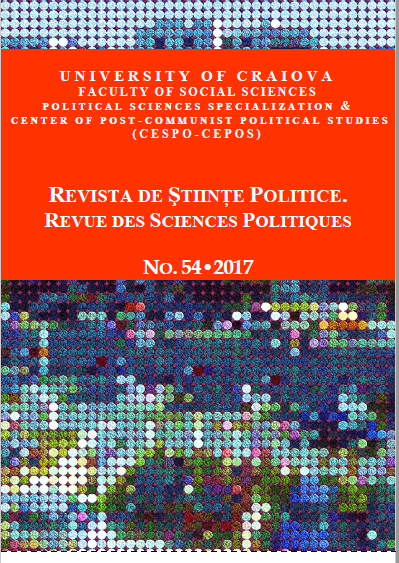The executive power during King Carol II Monarchical Authoritarian Regime Case study: Constantin Argetoianu’s Government (September 28th – November 23rd, 1939)
The executive power during King Carol II Monarchical Authoritarian Regime Case study: Constantin Argetoianu’s Government (September 28th – November 23rd, 1939)
Author(s): Mihaela IlieSubject(s): Political history, Government/Political systems, Interwar Period (1920 - 1939)
Published by: Editura Universitaria Craiova
Keywords: King Carol II; Constantin Argetoianu; executive power; internal policy; National Renaissance Front;
Summary/Abstract: The appointment of Constantin Argetoianu as prime minister was made in a difficult period both internally and externally: on the one hand, Romania was facing a governmental crisis determined by the assassination of Armand Călinescu, Premier at that time, and, on the other hand, earlier that month – September 1st, 1939 – the Second World War had started in Europe. In our study, we will focus on the measures taken by Constantin Argetoianu regarding the single political party established by King Carol II – National Renaissance Front – and, also, on the unfavourable circumstances that the new Prime Minister had to manage. The study has five sections, as follows: the context that led to the nomination of Argetoianu as President of the Council of Ministers, the appointment of the government, the policies that the new Prime Minister tried to implement, the stage of development of the single political party and the decisions taken by the government representatives concerning the reconstruction of the National Renaissance Front; last but not least, we will try to identify the reasons that determined Constantin Argetoianuʼs resignation.
Journal: Revista de Științe Politice. Revue des Sciences Politiques
- Issue Year: 2017
- Issue No: 54
- Page Range: 166-175
- Page Count: 10
- Language: English

